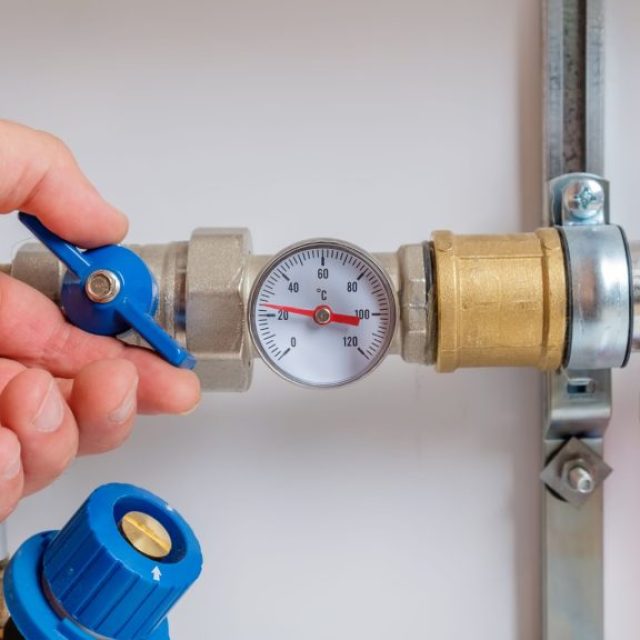Pressure Regulator Valves
High-Pressure Transmission Pipelines:
High-pressure transmission pipelines are critical infrastructure used to transport large volumes of natural gas over long distances, connecting gas producers to communities and industrial customers. These pipelines operate at pressures exceeding 7 bar and can reach up to 100 bar, requiring robust steel construction and specialized design considerations. They are typically buried underground and marked by warning signs, with easements or corridors established to protect the pipeline and allow access for maintenance. Safety is paramount, with strict regulations governing their design, construction, inspection, and operation to protect the public and environment. Residents near these pipelines are advised to avoid activities that could cause ground disturbance and to contact pipeline operators before undertaking any work in the vicinity.
Pneumatic System Applications:
Pressure regulator valves play a crucial role in pneumatic applications by controlling and maintaining consistent air pressure within the system. In pneumatic circuits, these valves are used to reduce higher pressure from the compressed air source to a lower, stable working pressure required by various components. This regulation ensures efficient operation and prevents damage to sensitive equipment. Pressure regulators in pneumatic systems help conserve energy by allowing the use of lower pressures when full system pressure is not needed, such as during the retraction of an unloaded piston rod. They can be combined with other components like check valves and throttling valves to provide additional functionality, such as speed control during extension strokes. Proper sizing and setting of pressure regulators is crucial for efficient air consumption and overall system performance. In some applications, pressure regulators can help save up to 40% of compressed air per working cycle, contributing to significant energy savings in industrial processes.
Industrial Gas Systems:
Industrial gas systems are complex networks designed to produce, store, and distribute gases for various industrial applications. These systems handle a wide range of gases, including nitrogen, oxygen, carbon dioxide, argon, hydrogen, acetylene, and helium. The industrial gas industry plays a crucial role in numerous sectors, such as oil and gas, petrochemicals, steelmaking, environmental protection, medicine, and aerospace. These systems employ sophisticated equipment like air separation units (ASUs) to refine air into its components, cryogenic pumps for liquid gas transfer, and high-pressure cylinder filling stations for small-scale distribution. Safety and precision are paramount in industrial gas systems, with companies like Cryostar providing specialized technologies for production and supply chain management. The global industrial gas market is substantial, with a turnover of approximately USD 45 billion in 2014 and projected growth to USD 65 billion by 2020.
Pressure regulator valves, also known as pressure reducing valves, are mechanical devices designed to automatically reduce high, variable upstream pressure to a lower, steady downstream pressure in fluid systems. These essential components are widely used in residential, commercial, and industrial applications to maintain consistent pressure levels and protect downstream equipment. For more details on the types of pressure regulators and their applications, you can visit this comprehensive guide. Additionally, exploring industrial gas systems will provide insights into their crucial role in various sectors like oil and gas, petrochemicals, and aerospace.




